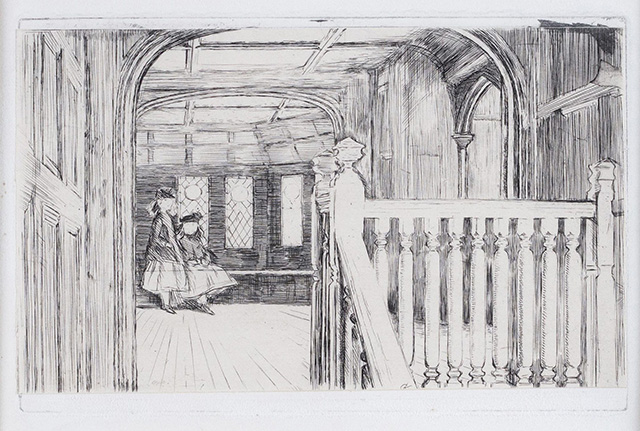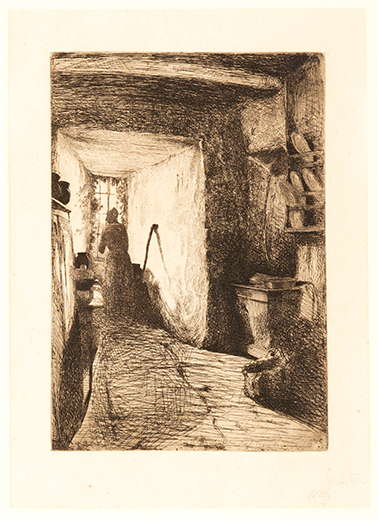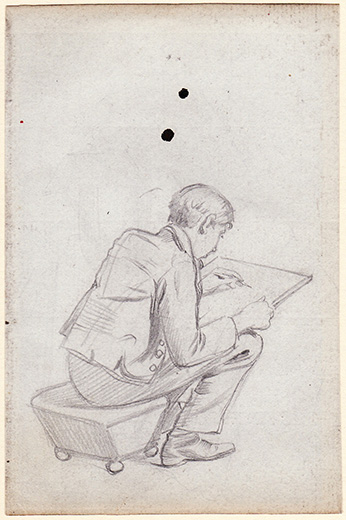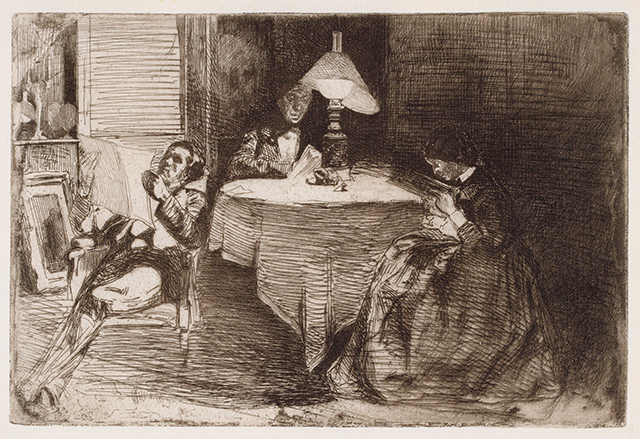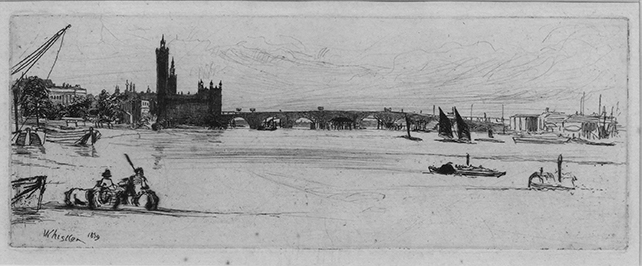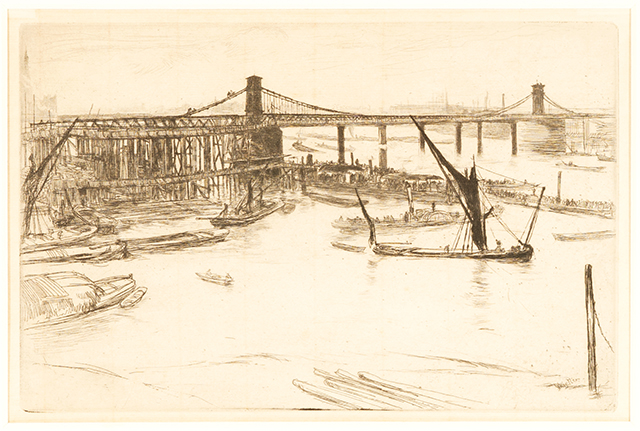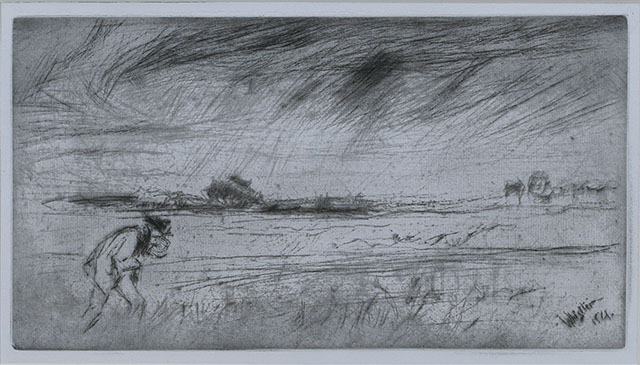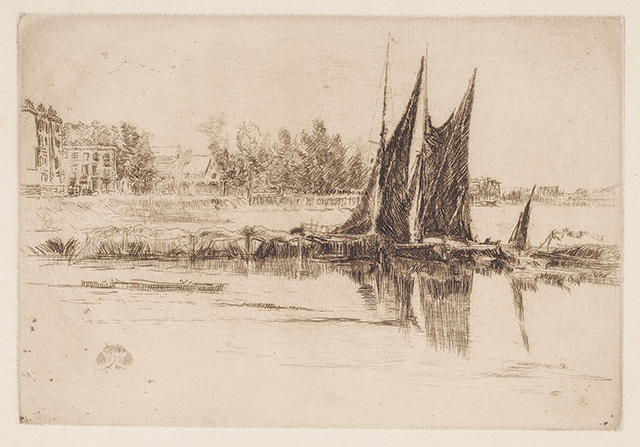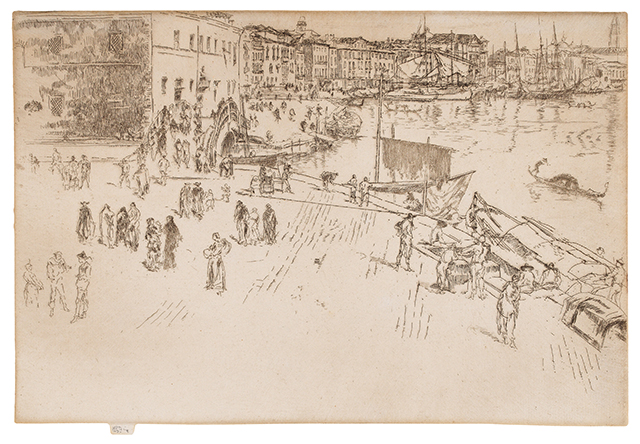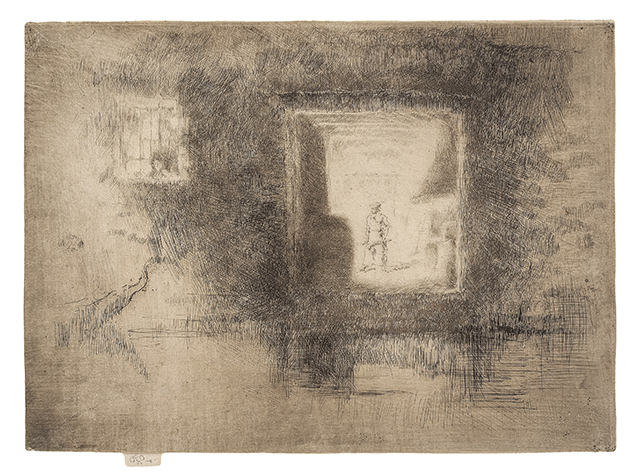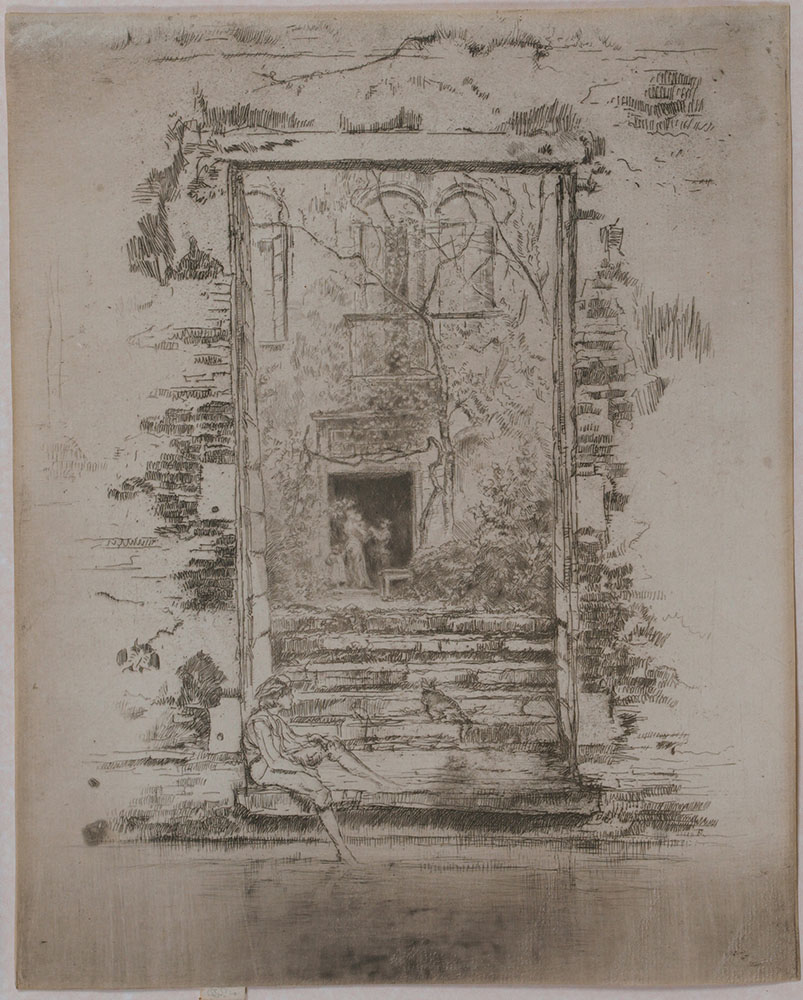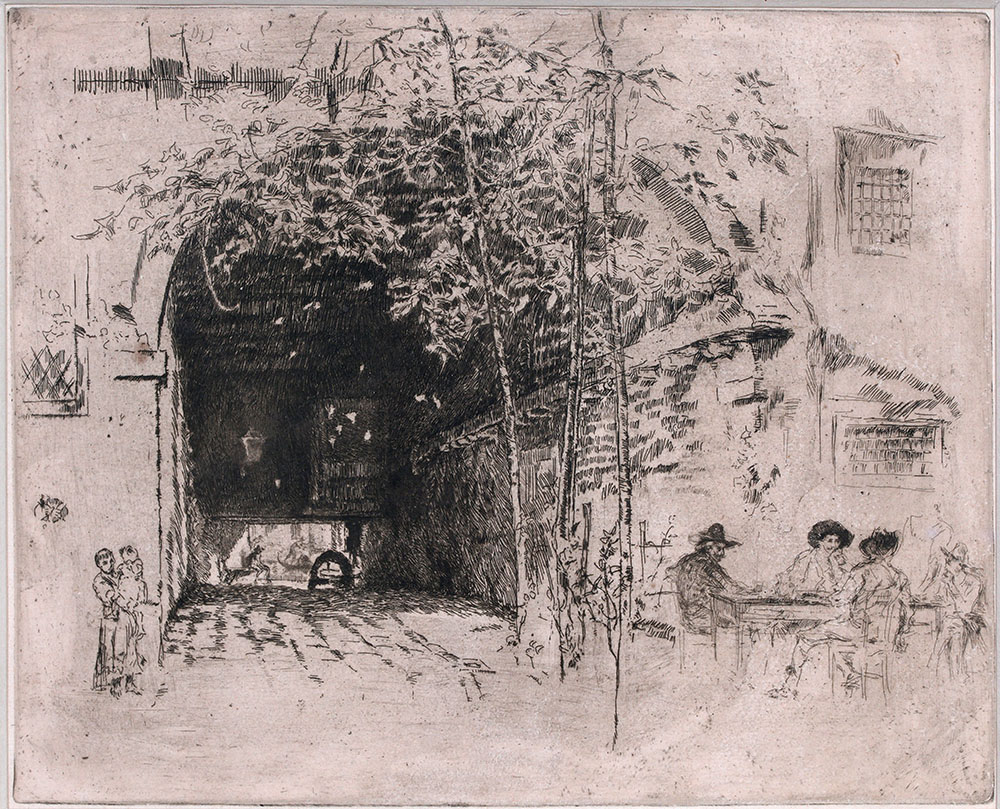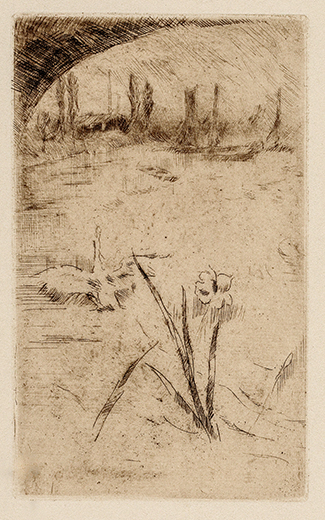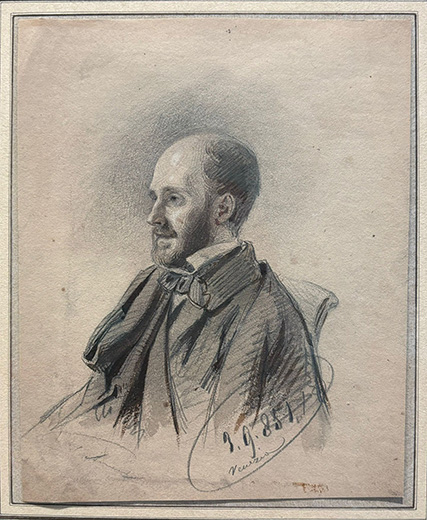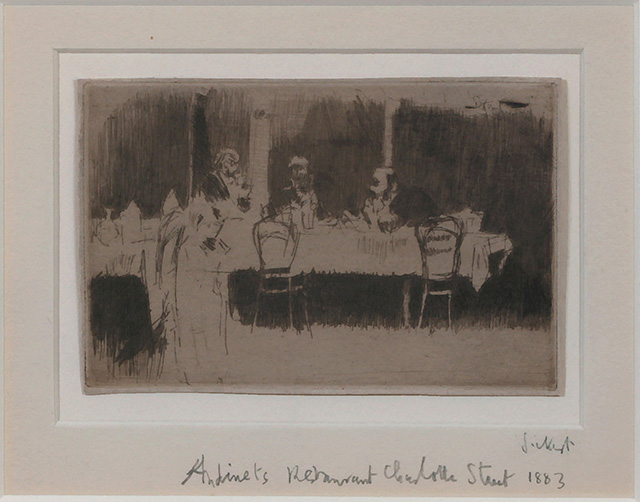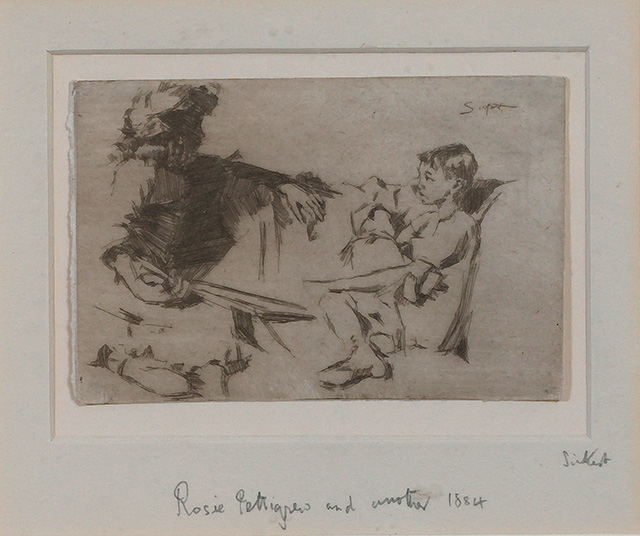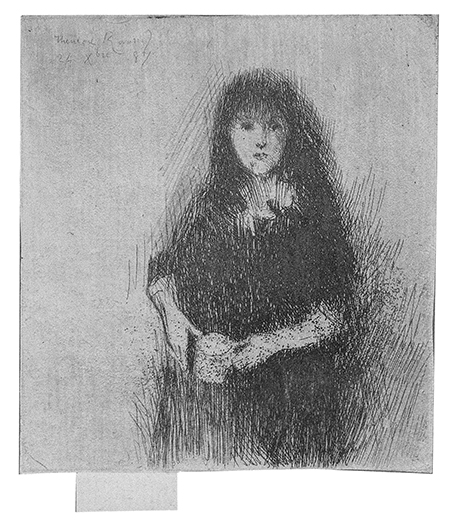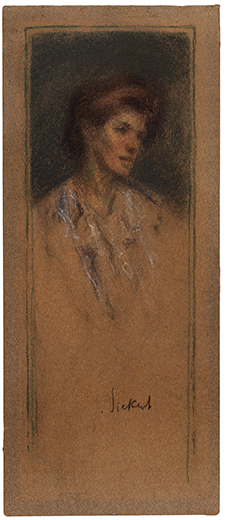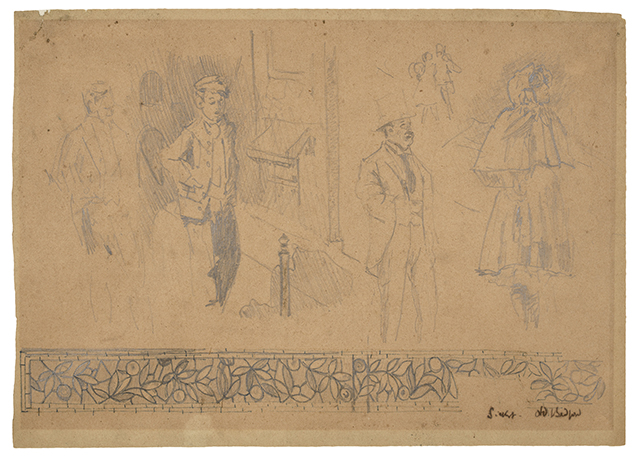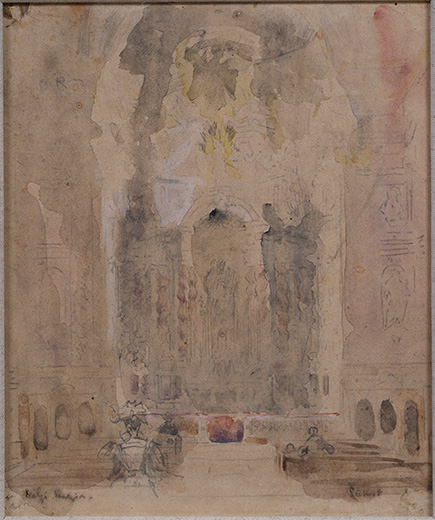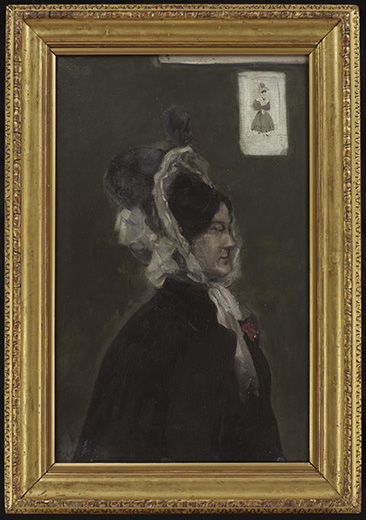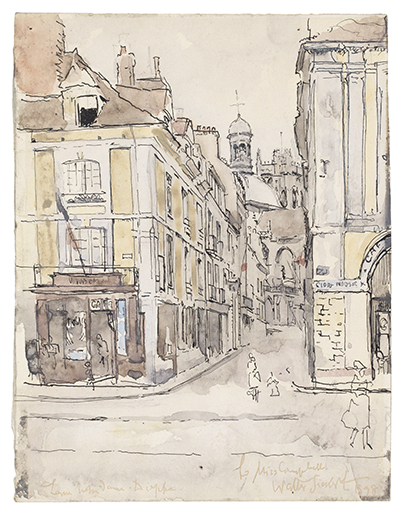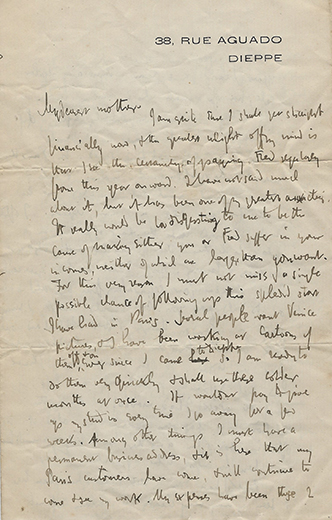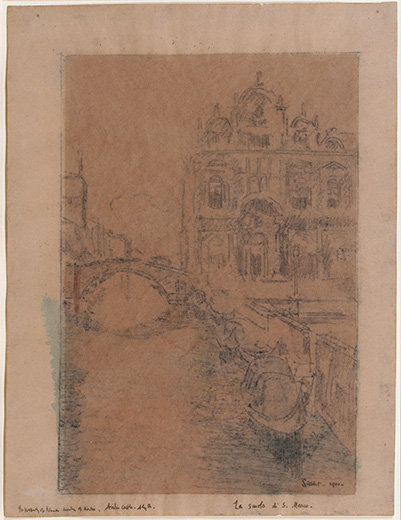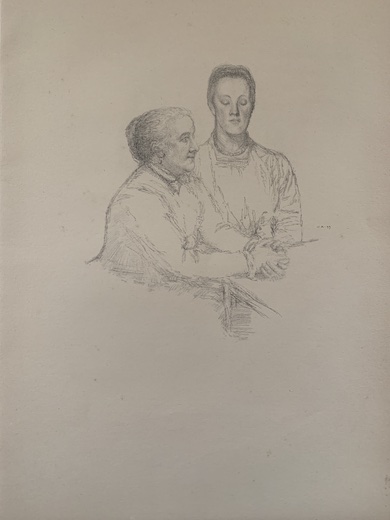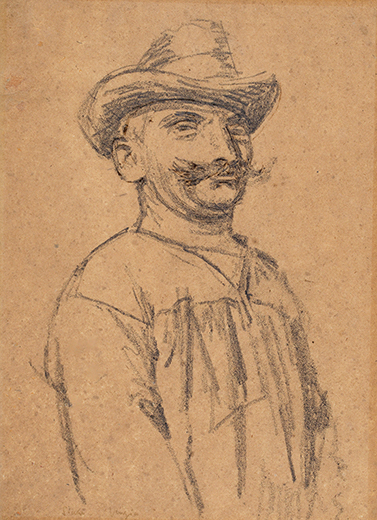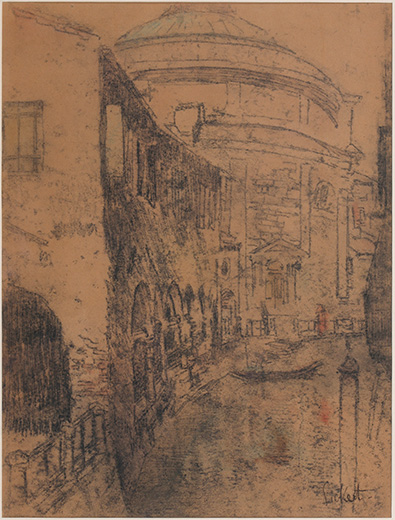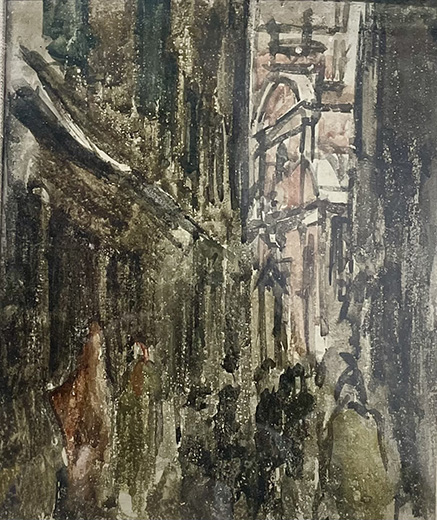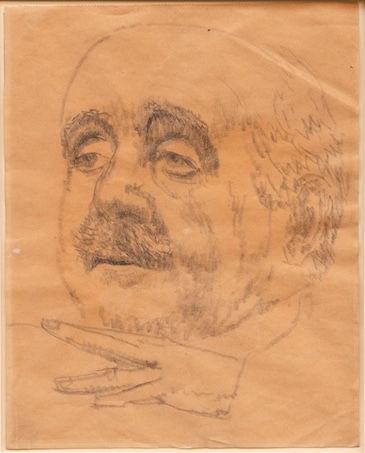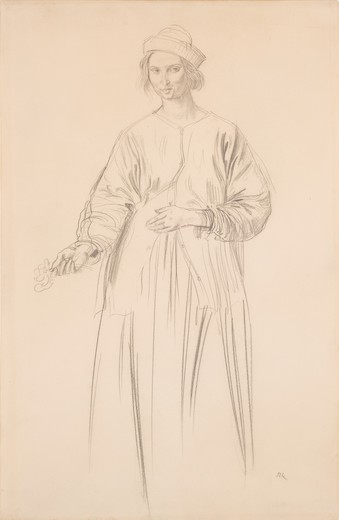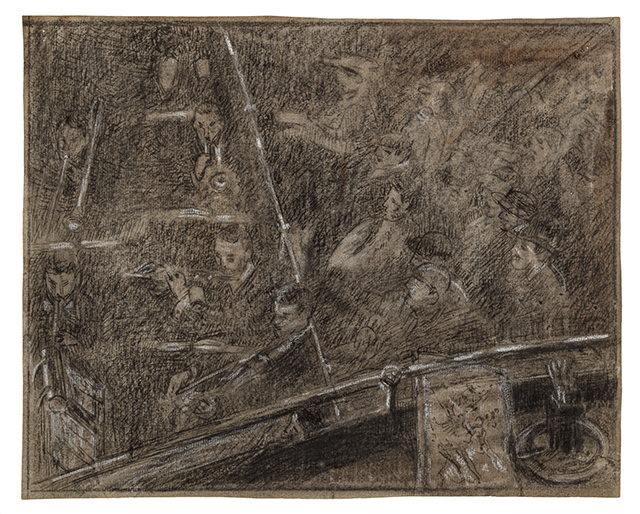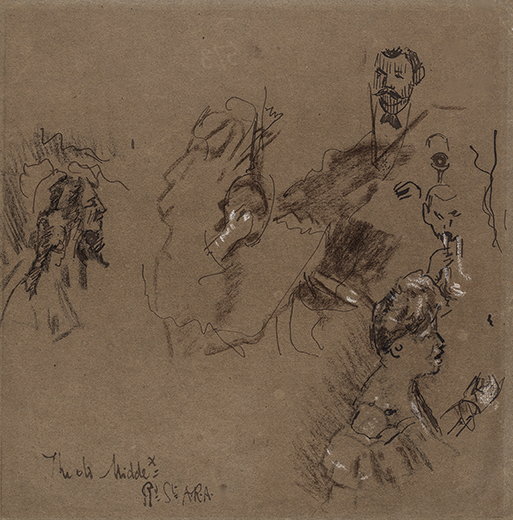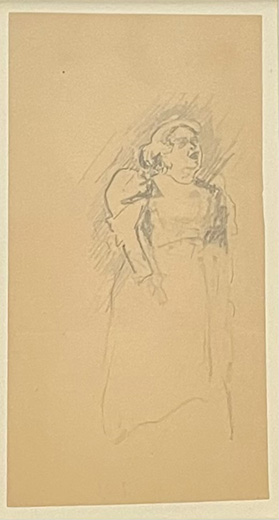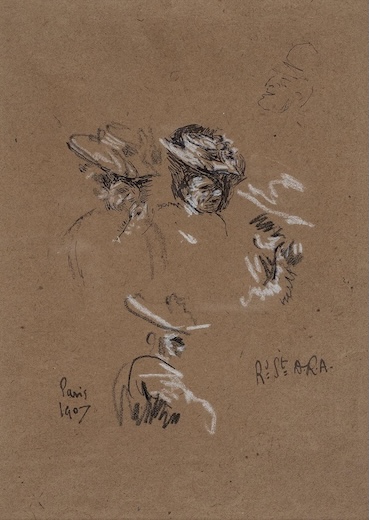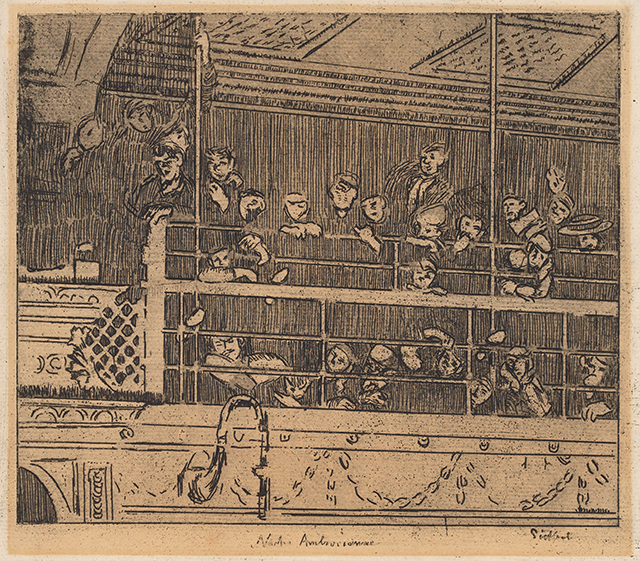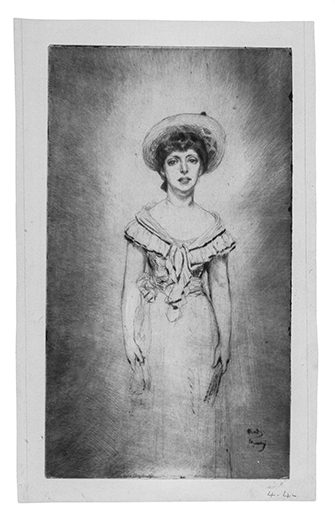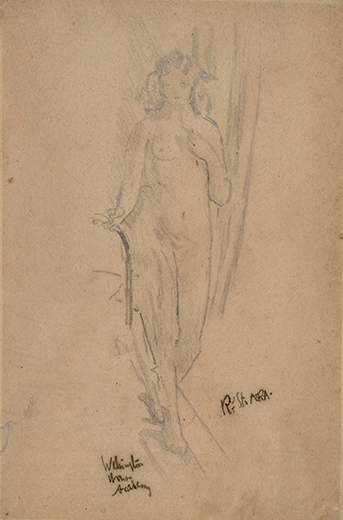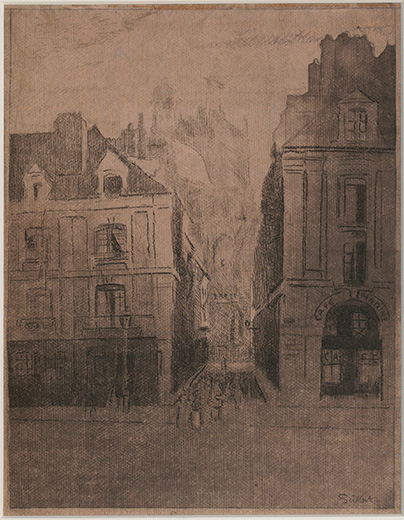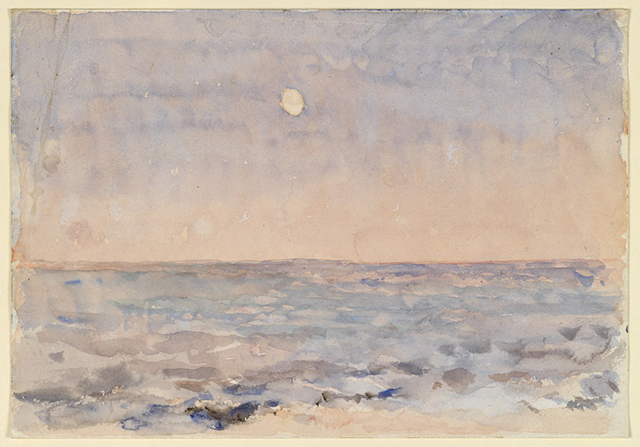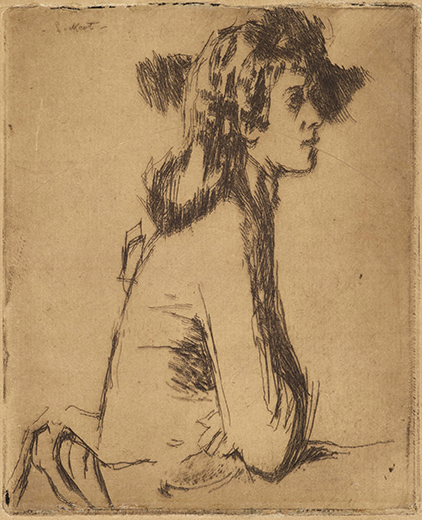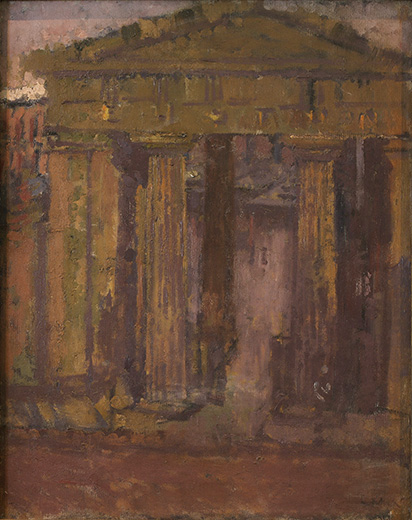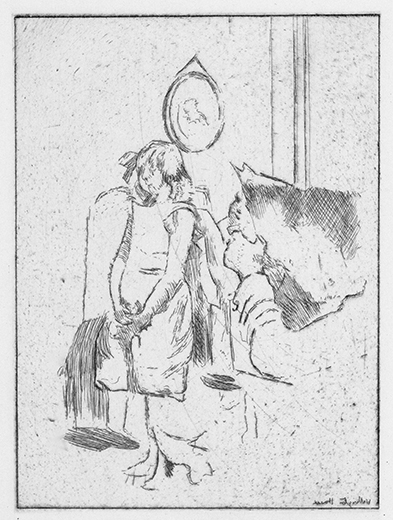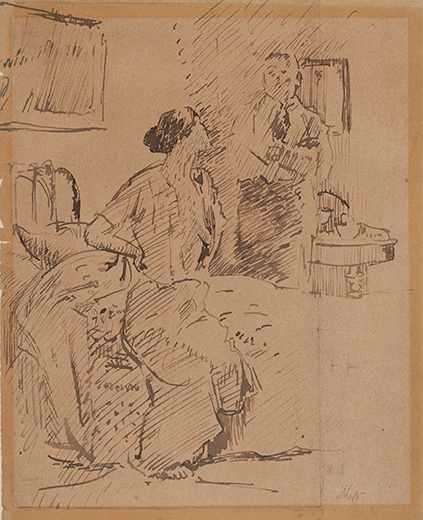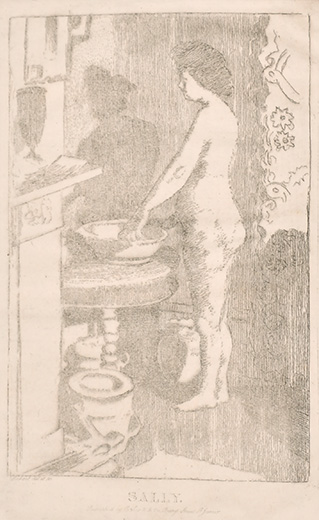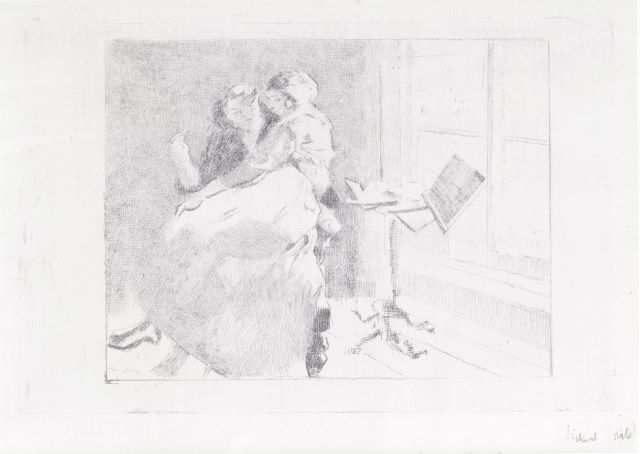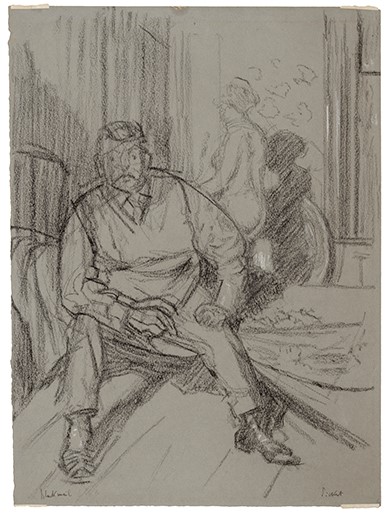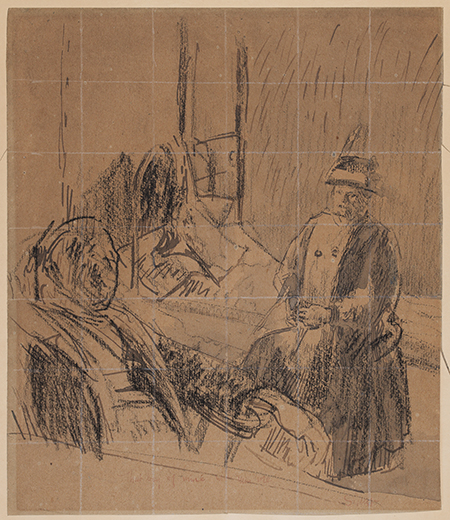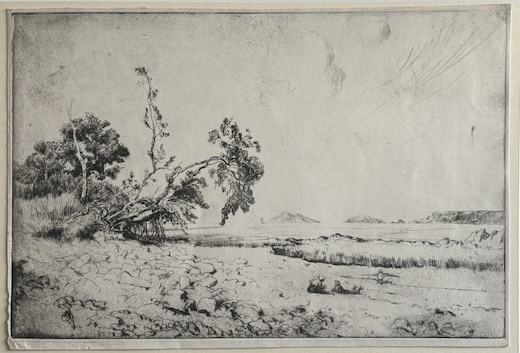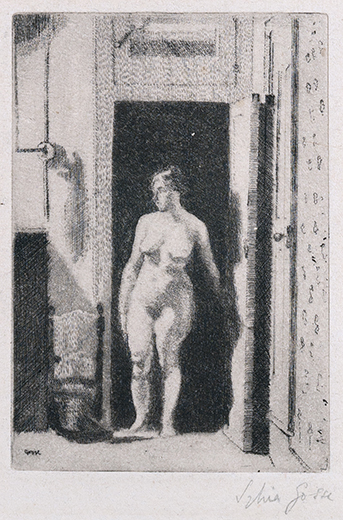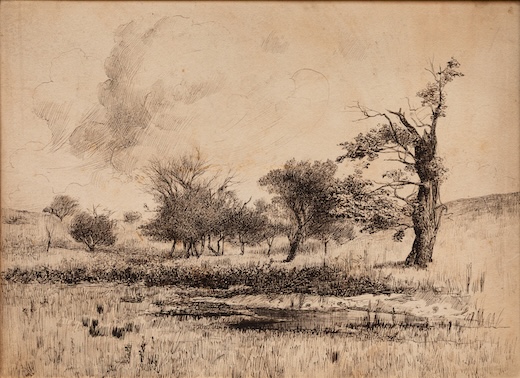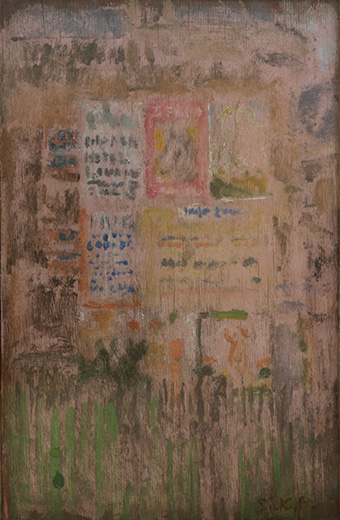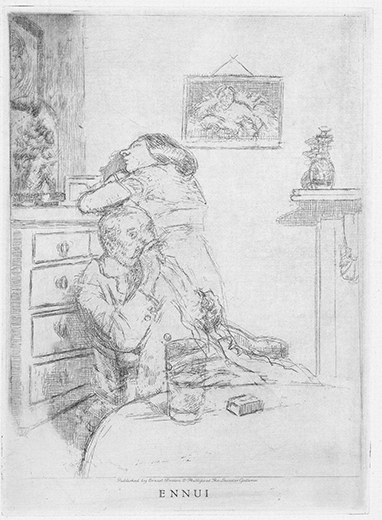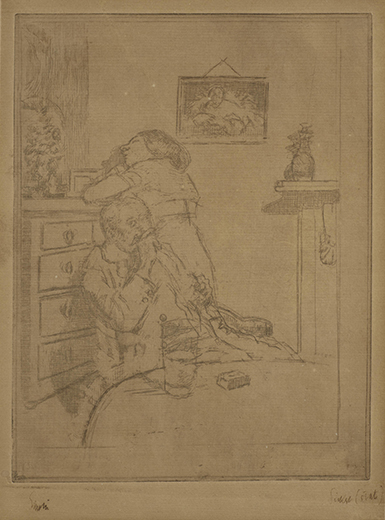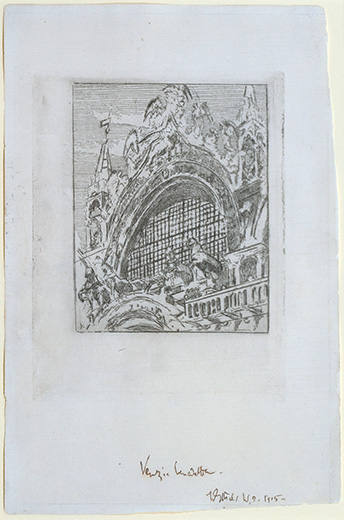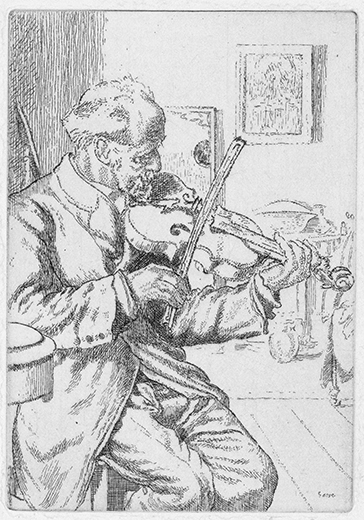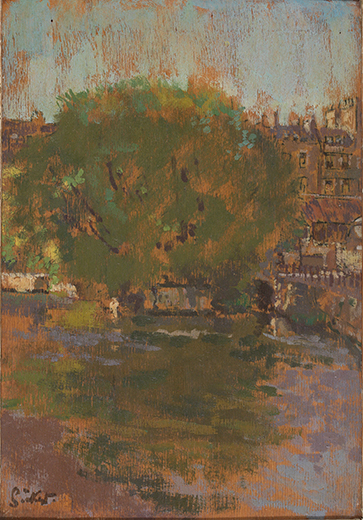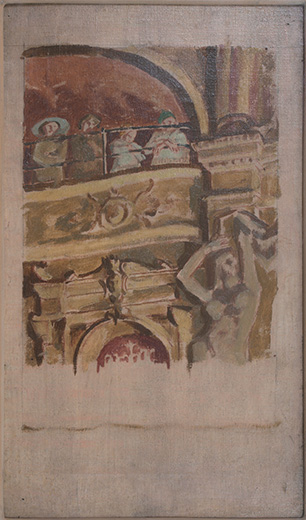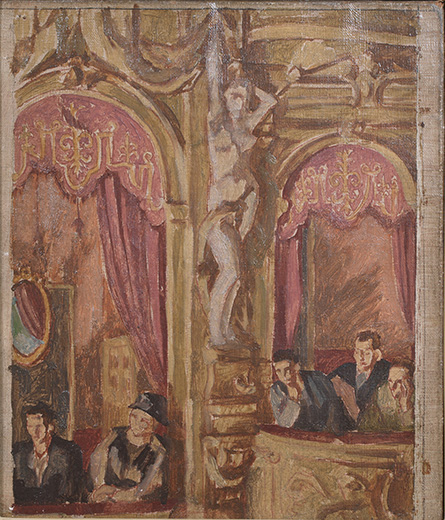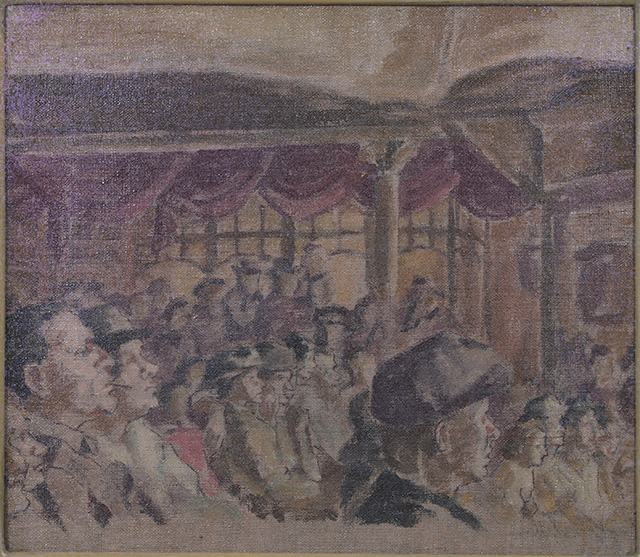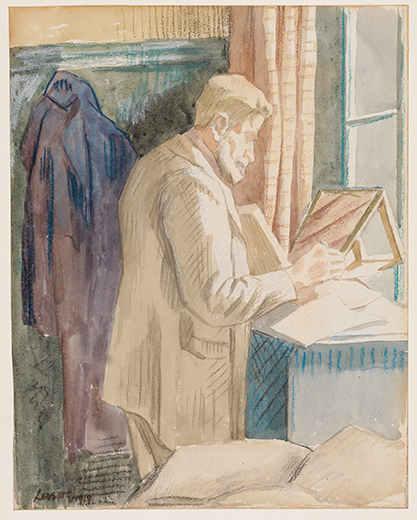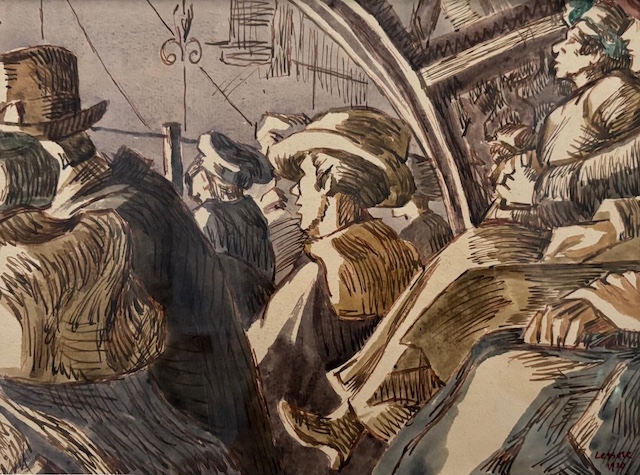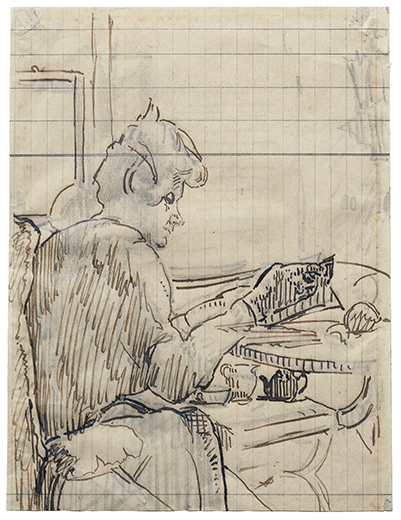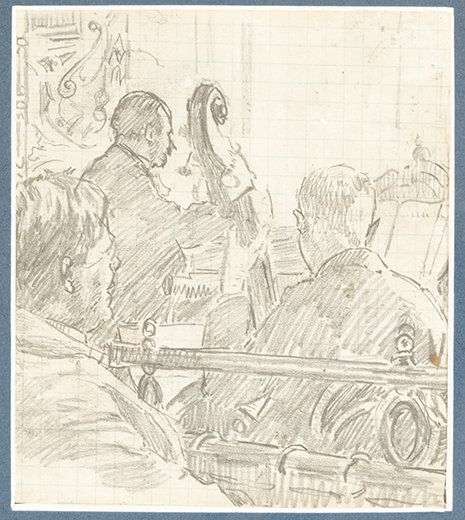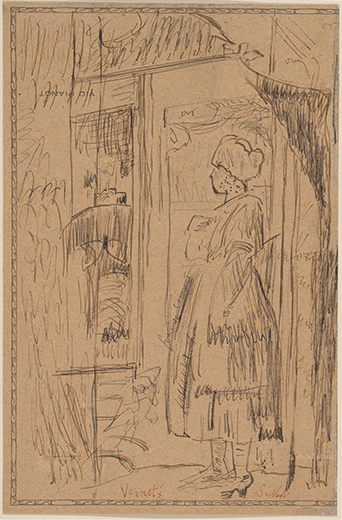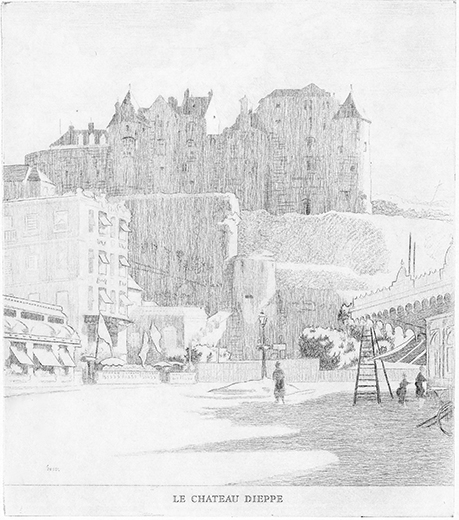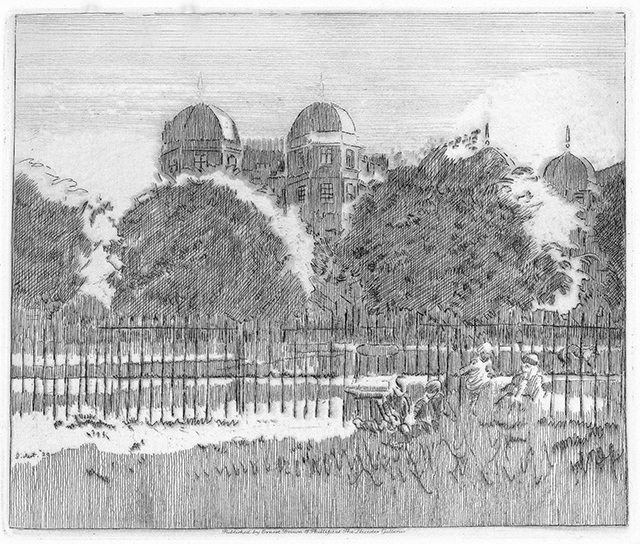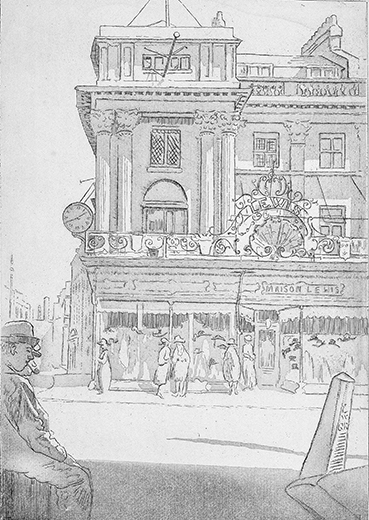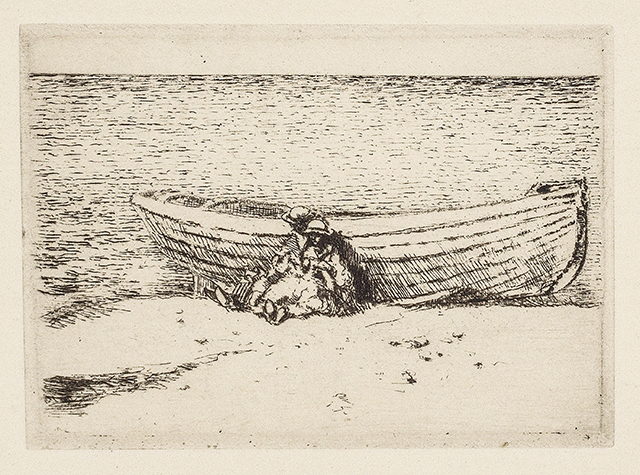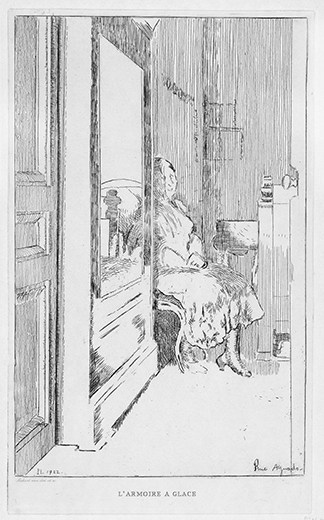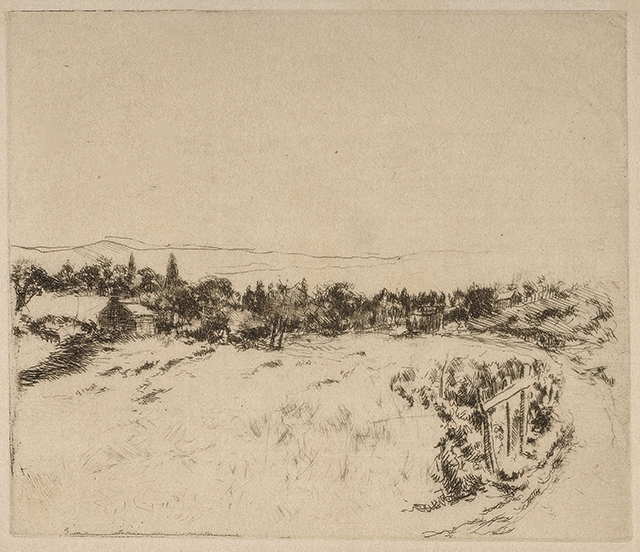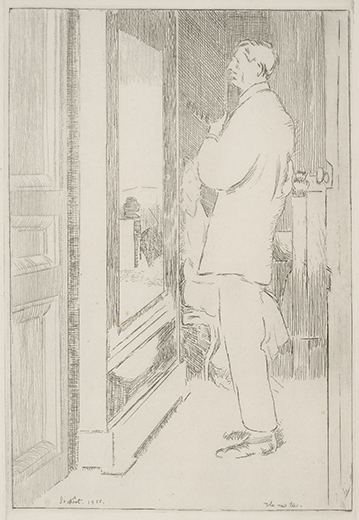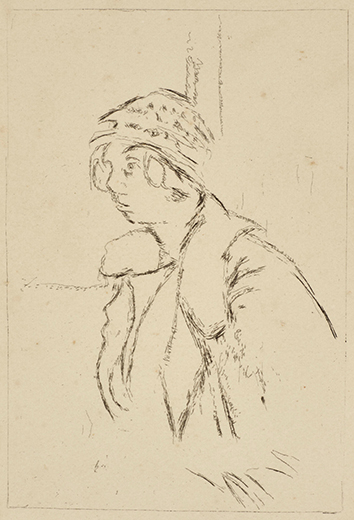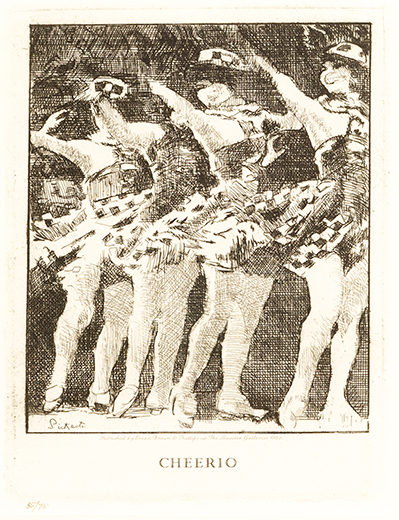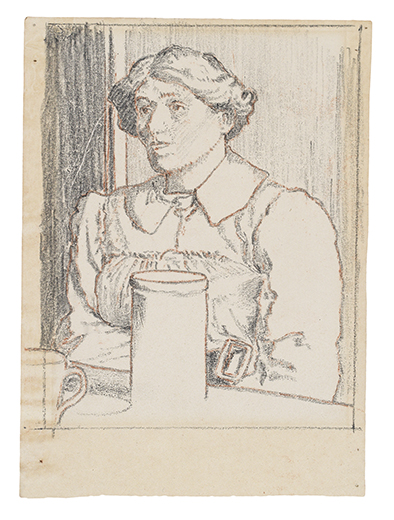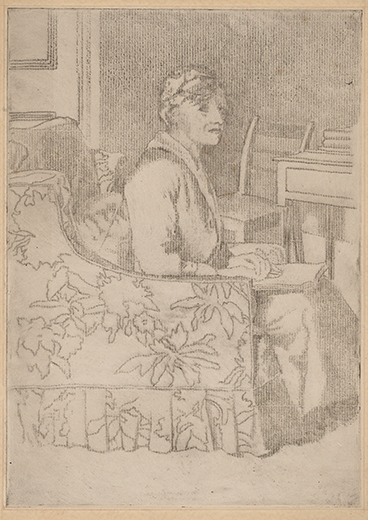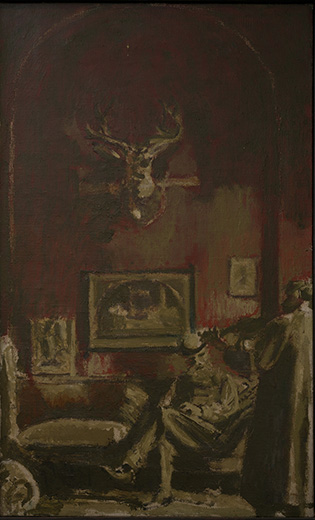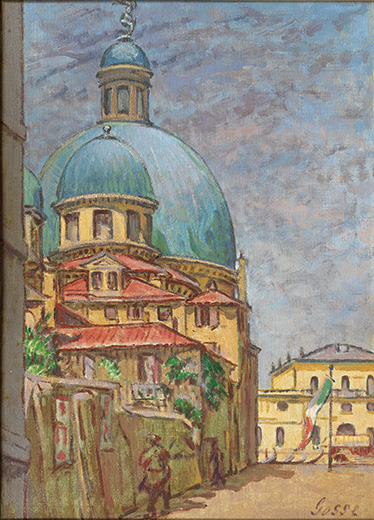Sickert and his Circle
Acknowledged as a leading figure of the English art scene during his lifetime, and “perhaps the most important English painter since the death of Turner”, Walter Richard Sickert (1860 – 1942) has been considered a bridge between French Impressionism and Modernism, having a crucial influence on most British figurative art of the twentieth century and beyond [1]. Sickert’s paradoxical statement is particularly noteworthy in this context: “And no one could be more English than I am – born in Munich in 1860, of pure Danish descent!” [2].
A “polyglot European”, as defined by Dr Wendy Baron, both Sickert’s father and grandfather were professional artists, the former working in Denmark and the latter studying and working in France [3]. After emigrating with his family to England in 1868, Sickert spent several of his family holidays in Dieppe in France, where his Anglo-Irish mother had lived and studied as a teenager for many years. 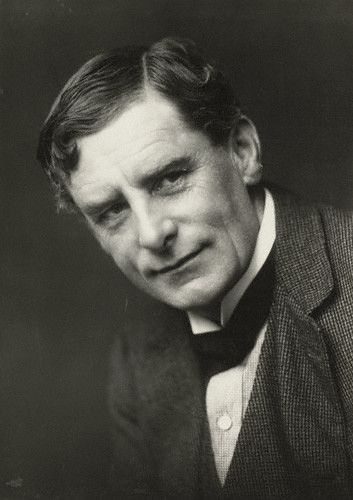
A handsome man with a rich and articulated personality, three-time husband with countless mistresses, Sickert adopted various personas over the course of his long life. Starting his career originally as an actor, he turned soon to visual art. Dissatisfied with the Slade School of Fine Art after a few months of studying there, in 1881 Sickert became pupil and assistant to American-born artist James McNeill Whistler (1834– 1903) in London, starting an intense apprenticeship that would deeply affect every part of his artistic education. By the end of the 1880s, however, the master-pupil relationship had cooled off, with Sickert seeking guidance elsewhere and developing his own style and technique. He started by distancing himself from Whistler’s practice of etching directly from nature, instead taking example from Degas, whom Sickert met for the first time in Paris in 1883 when he visited his studio. The two artists met again two years later in Dieppe, sparking Sickert’s interest also for Degas’s subject matter – interiors of cafés and music halls – as well as his practice of working in the studio from several sketches taken on site, many examples of which are included in our exhibition. Over the course of his career, Sickert was a prolific and gifted painter, draughtsman, printmaker, writer, and teacher.
Many of his drawings, prints and paintings were intertwined with his works in other media. Tireless experimenter of different techniques, he often also returned to the same subjects again and again through different media and approaches, sometimes years apart, as in La Rue Notre Dame in Dieppe displayed in our exhibition both as a watercolour drawing (1898) and an etching (1909). Besides views of Dieppe, our display features views of London, Venice, and Bath through different media; all places where the artist lived or extensively sojourned during his life.
Among other subjects, our prints, drawings, and paintings represent interiors of theatres and cabarets from London and Dieppe; both male and female portraits; and nude studies and figures in interiors, especially during Sickert’s famous Camden Town period in London between 1905 and 1914.
Arranged chronologically and covering almost 100 years of art, the display also presents works by four artists related to Sickert, beginning with etchings by Whistler from the French Set (Paris 1858), the Thames Set (London 1859), and both Venice Sets (1880 and 1886) for which Sickert assisted his master in the printing process.
We offer a few prints by another English artist of foreign heritage, French-born painter and printmaker Theodore Roussel (1847 – 1926), in two cases presented as several progressive proof impressions. Sickert and Roussel were friends, especially between the late 1880s and early 1890s while they were both part of Whistler’s circle in London, and influenced by his style and choice of subject matter. Both artists also made use of the Pettigrew sisters as models, as represented in our display by Sickert’s early etching ‘Rosie Pettigrew and Another’ (1884) and Roussel’s ‘Portrait of Miss Hetty Pettigrew’ (1908).
The exhibition also includes works by two of the most devoted artists of Sickert’s life; Sylvia Gosse (1881 – 1968), who was Sickert’s pupil, collaborator, and lifelong friend, and Thérèse Lessore (1884 – 1945), the artist’s third wife since 1926 until his death.
The artworks largely come from a distinguished London private collector who built his collection of Sickert’s works over the last thirty-five years with knowledge and enthusiasm, focusing on the artist himself and his circles.
[1] W. Baron, Sickert, London, 1973, p. 1.
[2] O. Sitwell ed., A Free House! The Writings of Walter Richard Sickert, London, 1941, Introduction, p. 50.
[3] W. Baron, Sickert. Paintings and Drawings, New Haven and London, 2006, p. 1.
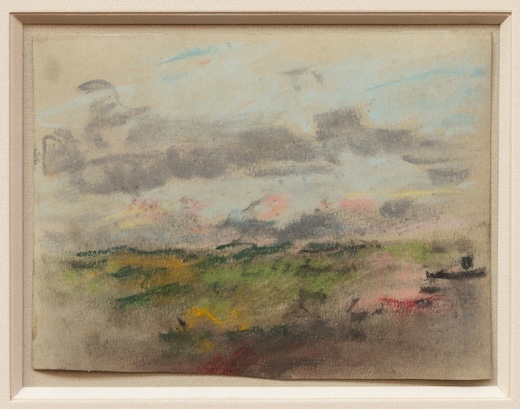
Landscape with Pink Flamingos
Hercules Brabazon
1821 Paris – 1906 Oaklands, Sedlescombe View Artwork
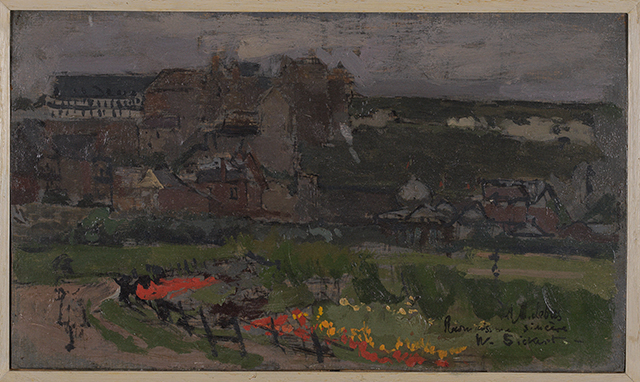
Gardens of the Casino, Dieppe, c. 1899-1900
Walter Richard Sickert
1860 Munich – 1942 Bath View Artwork

Bust of Nero, the Artist's Garden, Neuville, 1903 - 1906
Walter Richard Sickert
1860 Munich – 1942 Bath View Artwork
